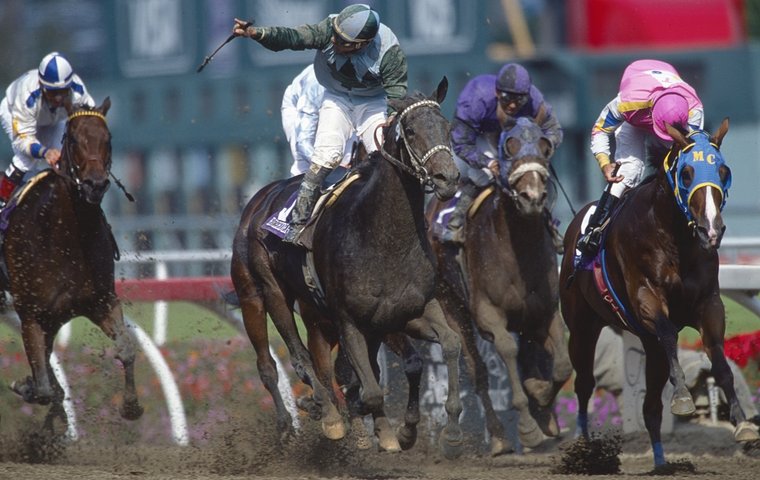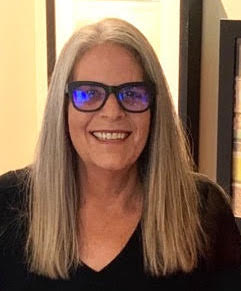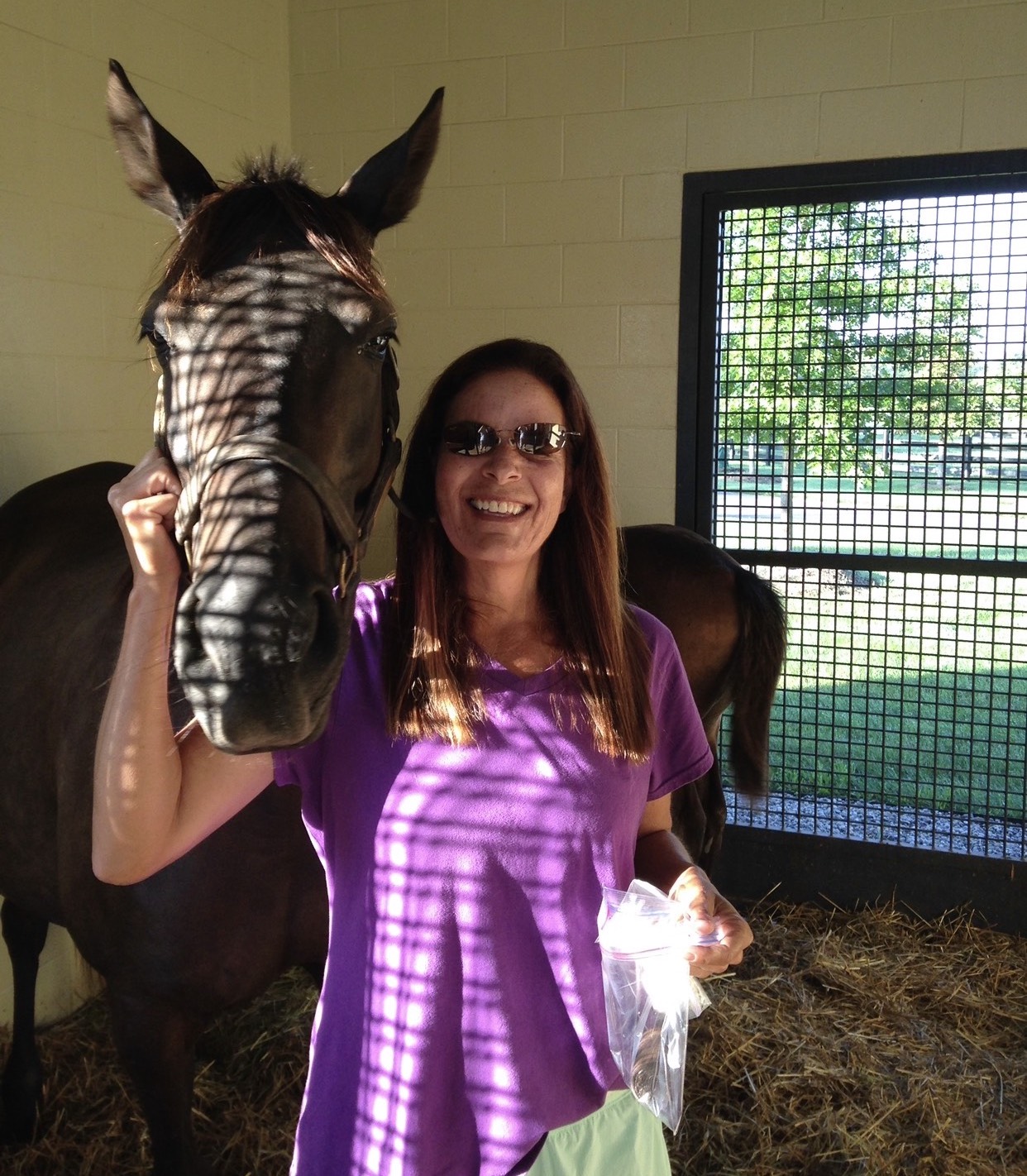
Former trainer Jenine Sahadi, who made history as the first female trainer to win at the Breeders' Cup, answers the questions
 Former trainer Jenine Sahadi was a pioneering figure during a distinguished 18-year career, becoming the first woman to train a Breeders’ Cup winner when Lit De Justice landed the Sprint in 1996.
Former trainer Jenine Sahadi was a pioneering figure during a distinguished 18-year career, becoming the first woman to train a Breeders’ Cup winner when Lit De Justice landed the Sprint in 1996.
Sahadi followed up a year later in the same race with Elmhurst; she was also the first woman to train a Santa Anita Derby winner with The Deputy in 2000. She retired from training in 2011 with a total of 441 winners, including further G1 successes with the likes of Grand Flotilla, Fastness, Rainbow Dancer and Golden Ballet.
Sahadi, 59, now devotes her time to her role as president of the Edwin J Gregson Foundation, which funds college scholarships to help members of California’s backstretch workers and their families achieve their educational goals.
Which racing figure past or present do you most admire?
There are three from my past who made the biggest contributions to my life: Charlie Whittingham, who trained horses for my family, veterinarian Dr Jack Robbins and Ron McAnally, who still trains.
Of them, Charlie probably had the most influence. I loved everything about him, the way he behaved, the way he treated his horses. He had an innate way with horses, like a kind of horse whisperer, which he never bragged about. I guess when it comes down to who you have the most respect for, the ‘Bald Eagle’ was my guy.
Which is your favorite venue and race anywhere in the world?
Chantilly would be my favorite venue, I can’t think of a more spectacular venue than the racecourse with its chateau. It’s not only the track; the surrounding area is stunning. There are plenty of places where horses reside that I haven’t been to, but to be in the forest in 
My favorite race is the Arc. It is the most fascinating of races. I grew up loving to watch that race and have been lucky enough to have visited several times.
Who is your favorite racehorse and why?
That is a mare named Annabelly. Nobody would know her, although she was a really nice horse by Royal Academy, my favorite sire, who won four of her seven starts. I trained her – I also trained her mother Crissy Aya – for some of my favorite people who were longtime clients.
She had a horrible breakdown one morning in work. It was devastating. I don’t know how she is alive; she was a miracle horse. She was like a pet to me who would eat Oreos and follow me around like a dog. My clients said: ‘Do what you need to do to save her.’
Dr Rick Arthur and my vets somehow put her together. She stayed with me for a year at the track until she was well enough to travel to Kentucky where she has been ever since. She had a few foals but she’s 22 and is now pensioned. Whenever I am in Kentucky I stay in a guest house right next to her paddock and I’m able to give her treats. She even knows my voice. She is my forever horse.
What is your fondest memory in racing?
I have to say winning the Breeders’ Cup at Hollywood Park in 1997 with Elmhurst. I had worked for Hollywood Park in the marketing and publicity departments so I knew everybody there, having spent so much time there after college.
Fastness, who won the Shoemaker Mile, was the best horse I ever trained but Elmhurst was an interesting horse because I gelded him at five and a half years old. There was a lot of ability there. We bought him out of France and I called up my clients to say, ‘You’re going to think I’m nuts but I can’t take this horse anymore. He’s common, he’s cheating. I need to geld him’. And it worked.
If you could change one thing in racing, what would it be?
At this point in Thoroughbred racing in 2022, particularly in the United States, we need to stop with the lying and the hypocrisy and start defending this industry and the millions of people who participate in it. There has been a real push, particularly since 2019.
I know there are bad actors in racing; there are bad actors in every aspect of life. But we need to start defending the industry, that is from the sport’s leadership down through the media. I’m so sick of comparisons with Lance Armstrong and doping. In some instances hateful, spiteful rhetoric is presented as fact and it’s infuriating that people believe it.
Racing has a good story to tell too and it is so unfortunate what we tend to hear more of is that trainers with drug positives are dopers and cheaters. This game has pivoted a lot, particularly in California, since 2019.
Jenine Sahadi was speaking to Jon Lees
• View the entire What They're Thinking series
Charles Hayward: Good things are happening at the National Museum of Racing and Hall of Fame
Have saddle, will travel – but now Ryan Curatolo says he is staying put in California
View the latest TRC Global Rankings for horses / jockeys / trainers / sires


